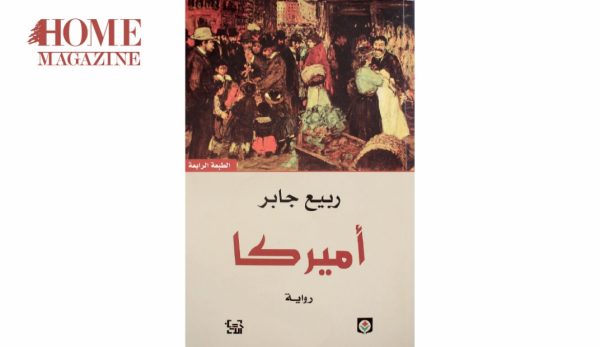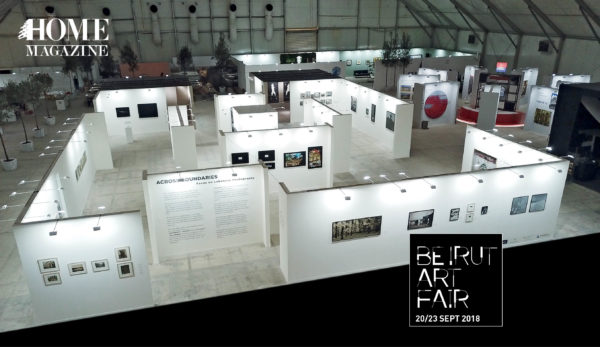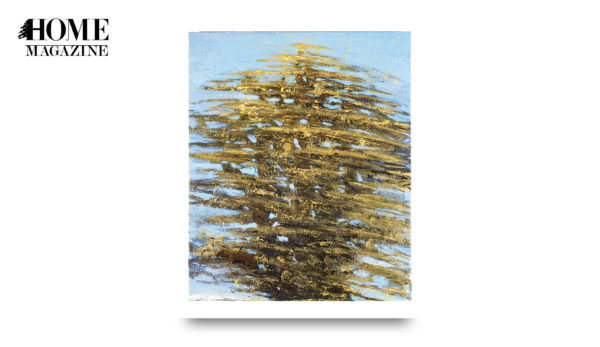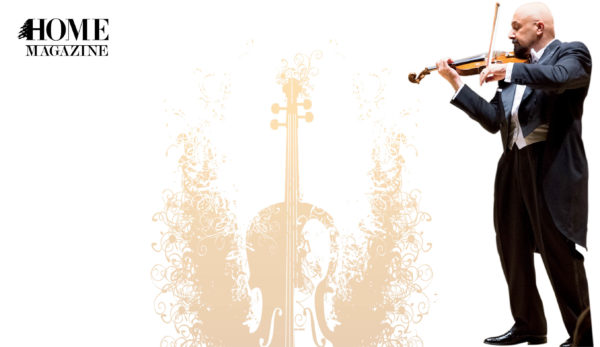Born in Lebanon in 1949, Nabil Nahas grew up between Cairo and Beirut before attending University in the United States where he still lives.
Nahas has exhibited in the United States, London, Paris, Dubai, Munich and other parts of the world over the last three decades.
In 2010, Nahas showed his work for the first time in his homeland, at the Beirut Exhibition Center. For the past years, the renowned painter has been spending more time in his native Lebanon.
His work is included in the collection of the Metropolitan Museum of Art amongst other famous international institutions.
In 2013, Nahas was awarded the National Order of the Cedar, for services to Lebanese culture.
Having lived abroad, what did you keep with you from Lebanon, or from the image you had of Lebanon?
I kept a lot of different aspects that are very dear to me; I have a very deep attachment to the land, and by that I mean its geography as well as its flora and that came to haunt me years later with the tree paintings. I also find its kaleidoscopic cultural aspects fascinating not to mention its history: an indelible link to a very rich distant past I truly believe is ingrained in our genes.
Your work can be found in the most renowned art spaces around the globe, do you also feel like a global citizen? Or do you have a place you can call home?
As I often said, by being Lebanese we are a truly multicultural people, very unique in many ways and we can be found in every corner of the globe. I left Lebanon to pursue studies in the US at the age of 18 in 1968 and have been living in New York since 1973, which is a lifetime. I refrained from coming back to Lebanon for 18 years and since 1993 I have been making up for lost time, coming back as often as I can.
So I guess I have two homes, New York and Beirut, which in no way contradict being a global citizen.
What does it mean to you to be awarded the honor of the National Order of the Cedar?
First let me say that I believe many others deserved this distinction before me. That said, I was overwhelmed and humbled by this honor, as I really cannot think of a higher achievement in my career. I candidly can confess, to my surprise, being choked with very strong emotions during the ceremony and the same feelings reemerge when I think about it. What it means to me is a sense of responsibility to make the image of Lebanon shine culturally across the globe.
What do these words remind you of?
• An olive tree:
A silver tremor over a massive trunk deeply rooted in a heavy red soil sparkled with thistle plants, sometimes a goat, with a large copper bell around its neck attached to it, longing for the grapes a few feet away.
• A cedar
The most noble of trees, a witness to thousands of years of history. The symbol and the pride of our nation.
• A starfish:
A star falling from the heavens into the sea. The pentacle. A destructive nuisance masked in a beautiful vermillion hue.
• A flower:
My grandmother’s garden in Ain Aar.
It was only few years ago that you exhibited your work in Beirut. What triggered this decision?
It was a very generous invitation by Solidere, who built the BEC for that occasion. It was also an amazing opportunity to show for the first time a forty-year span of my work to a very welcoming public.
































